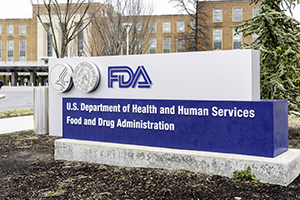FDA refreshes bioequivalence guidance for generic drugs
 Clinical TrialsHealth Authority meeting and communication strategyNorth AmericaPharmaceuticalsRegulatory Intelligence/Policy
Clinical TrialsHealth Authority meeting and communication strategyNorth AmericaPharmaceuticalsRegulatory Intelligence/Policy Clinical TrialsHealth Authority meeting and communication strategyNorth AmericaPharmaceuticalsRegulatory Intelligence/Policy
Clinical TrialsHealth Authority meeting and communication strategyNorth AmericaPharmaceuticalsRegulatory Intelligence/Policy